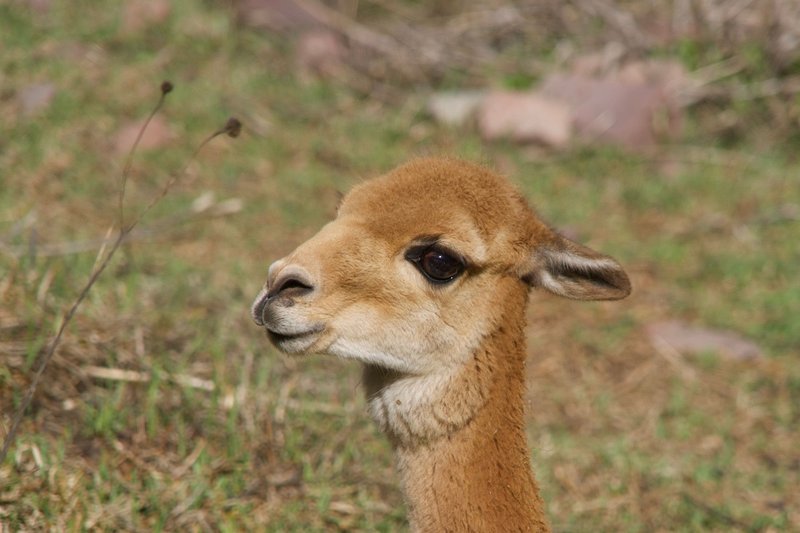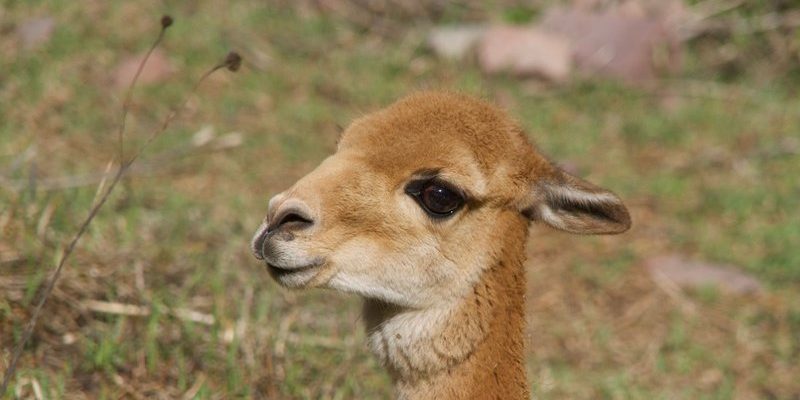
Vicuñas are not just cute faces; they’re part of a fascinating ecosystem. With their fine wool and elusive nature, it’s easy to see how they’ve become the subject of myths. Here, we’ll dive into the most common misconceptions and reveal the truths behind these captivating animals. By the end, you’ll have a clearer picture of what vicuñas really are and why they matter in the world of wildlife.
The Vicuña vs. Llama and Alpaca: Clearing Up the Confusion
You might be wondering if vicuñas are just miniature llamas or alpacas. Here’s the thing: while they belong to the same family, they are distinct species. Llamas and alpacas were domesticated by humans many years ago, while vicuñas remain wild. Think of it like comparing dogs and wolves; they share a common ancestor, but they lead very different lives.
Vicuñas are smaller and typically more slender than llamas or alpacas. They can weigh between 50 to 120 pounds, while llamas can grow as heavy as 400 pounds. Plus, vicuñas have longer legs and a more delicate frame, which makes them look almost ethereal as they glide across rocky mountain terrains. Isn’t it fascinating how nature crafts such diversity?
Another interesting tidbit is their social structure. Vicuñas are known for living in small family groups, often consisting of a dominant male and several females, while llamas and alpacas may be kept in larger herds. This difference plays a big role in their behavior and interactions. If you ever get to see a vicuña in the wild, you’ll notice their social dynamics are quite special.
The Myth of Vicuñas Being Endangered
There’s a common belief that vicuñas are on the brink of extinction. Sure, they were once hunted nearly to the edge, but conservation efforts have helped their populations bounce back. Today, they are classified as “Least Concern” by the International Union for Conservation of Nature (IUCN). Isn’t it heartening to learn that thoughtful conservation can make a difference?
The efforts to protect vicuñas are rooted deeply in south Andean culture. Local communities have worked hard to create sustainable practices that respect these animals and their habitats. By managing their populations and protecting their natural environments, they have been able to ensure that vicuñas flourish rather than fade away.
Interestingly, vicuña wool is considered one of the finest and most luxurious fibers in the world, which has historically led to excessive hunting. Today, however, the shearing process is managed sustainably, allowing vicuñas to thrive while still supporting local economies. This balance is crucial, as it helps both the mammals and the communities that rely on them.
Vicuña Wool: The Pricey Fabric of Myths
You might hear tales about vicuña wool being incredibly rare and, therefore, outrageously expensive. While it’s true that vicuña wool is among the priciest materials out there, the reasons are often misunderstood. The process of obtaining this wool is labor-intensive, to say the least. Vicuñas can only be shorn every two to three years, and it takes a considerable number of animals to produce enough wool for a single garment.
Moreover, the actual shearing is done without harming the animals. It’s not just a quick snip; it requires skilled hands and care to ensure the well-being of the vicuñas. The result is a fiber that’s not only soft and warm but also incredibly lightweight and durable.
So, while the price tag can be shocking, it reflects the sustainable practices that go into harvesting the wool and the effort needed to maintain the health of vicuña populations. It’s a fascinating relationship with nature that doesn’t just yield luxury but also promotes conservation.
Vicuñas and Their Diet: Misunderstandings About Their Feeding Habits
Another popular myth is that vicuñas are picky eaters. In reality, they have a varied diet that reflects their high-altitude environment. These animals primarily graze on grasses, but they also enjoy other plants and herbs found in their rocky habitats. Picture them delicately nibbling at the sparse vegetation just below the snow line—what a sight!
Their unique digestive system allows them to extract nutrients effectively from the tough, fibrous plants they consume. This ability is crucial for survival in the harsh Andes, where food can be scarce.
Interestingly, vicuñas are known to be quite selective about their grazing areas. They prefer to stay in areas where the grass is fresh and nutritious. This selectivity hasn’t made them finicky; it’s more about survival tactics that keep them healthy and vigorous. Next time you hear someone say they’re picky, you can set the record straight!
Understanding Their Behavior: The Shy Nature of Vicuñas
Often, people think vicuñas are aloof or unfriendly because they tend to avoid human interaction. However, this behavior stems from their natural instincts. Living in the wild, they’ve developed a sense of caution that keeps them safe from potential threats. If you saw a vicuña darting away from you, remember, that’s just their way of staying alive in a world full of predators.
Their social interactions are quite fascinating, though. Within their family groups, vicuñas display affectionate behaviors, including mutual grooming and playful interaction. It’s a heartwarming glimpse into their lives. They communicate using a range of sounds, including soft whistles that help keep their family unit close.
This behavior is crucial for their survival, especially in harsh weather conditions found in their habitat. So, while they might seem shy, vicuñas are just being smart, looking out for themselves and their loved ones.
Vicuñas and Human Interaction: The Misconception of Domestication
Finally, let’s address the myth that vicuñas can be domesticated like llamas and alpacas. Vicuñas are wild animals, and they’ve adapted to thrive in their mountainous homes. Attempting to domesticate them not only poses ethical concerns but could disrupt their natural behaviors and instincts.
While they have been herded for shearing, this doesn’t mean they’ve become domestic like their cousins. Vicuñas thrive best when they are allowed to roam free in their natural habitat. This is not just a matter of preference; it’s about maintaining their health and wellbeing.
In fact, local customs often celebrate the wild nature of vicuñas. Events focused on their shearing highlight their importance to indigenous cultures, showcasing a deep respect for the animals rather than treating them as mere resources. By appreciating them as wild creatures, we foster a greater understanding of their role in the ecosystem.
As we’ve explored, vicuñas are fascinating creatures with a rich history and unique traits. By debunking common myths, we’ve gained a clearer understanding of their role in the ecosystem and the importance of conservation efforts. These animals aren’t just pretty faces; they symbolize the delicate balance between nature and human interaction.
The next time you hear someone talking about vicuñas, you’ll be armed with the facts to clear up any misunderstandings. Whether it’s their diet, their social behaviors, or the luxurious wool they produce, each aspect of their lives is connected to the broader environment they inhabit. So, let’s celebrate these remarkable creatures, respecting their wild nature while recognizing their value in our world.

